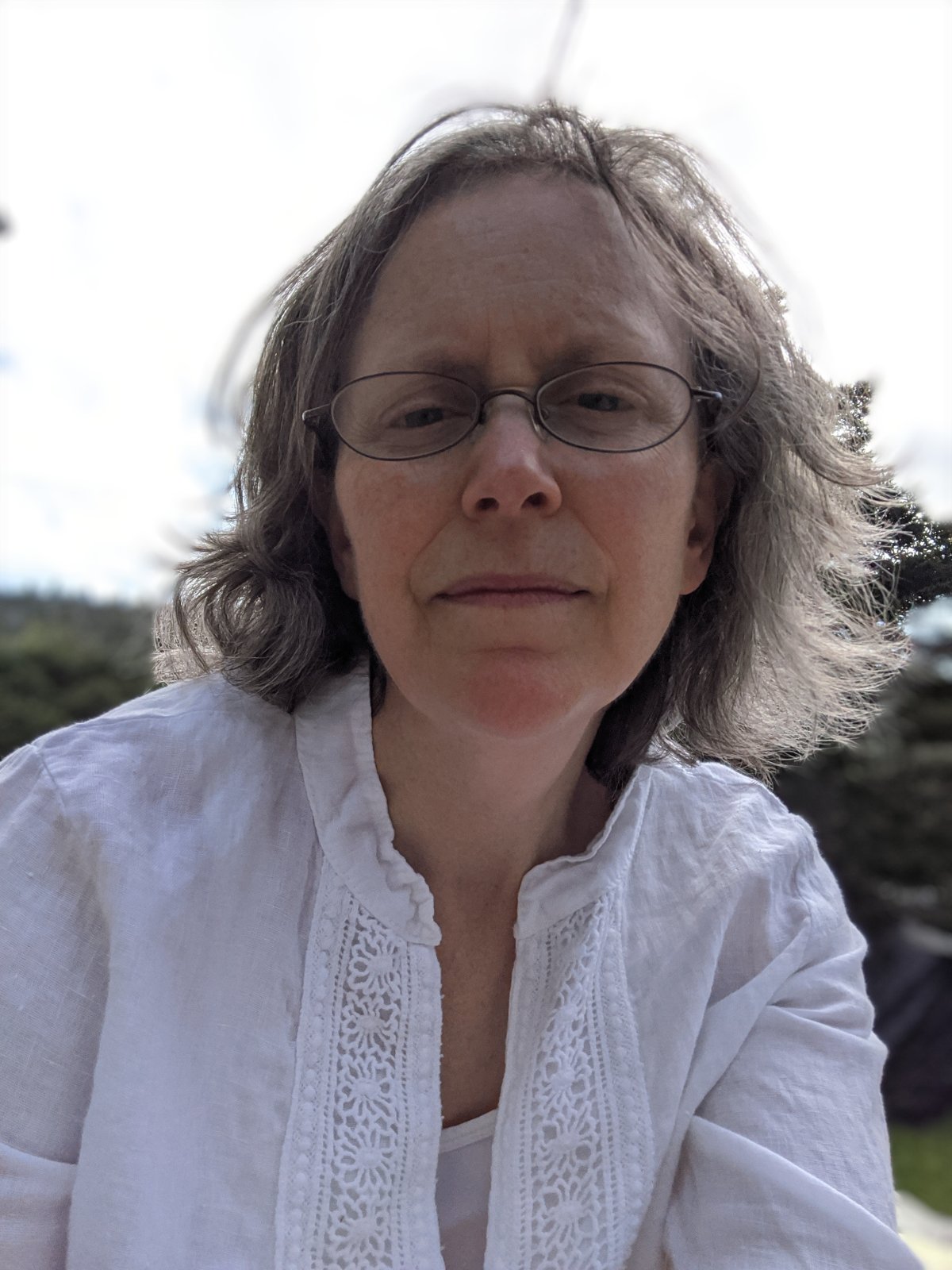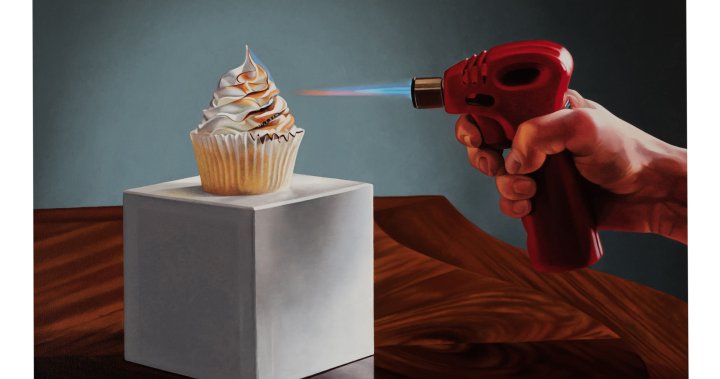The pans are empty, save for the carefully placed parchment paper lining the bottom, and both cast long shadows on the edge of the wooden table.
Barbara Pratt first took pictures of them a decade ago, when she was baking a wedding cake for her brother.
“They looked so gorgeous, empty like that, and I thought, ‘Gosh, Mom should see this,’ ” she said in an interview this week.
Her mother was celebrated Newfoundland and Labrador painter Mary Pratt, who died in 2018. She was known for precise, lifelike paintings of everyday household objects – jars of jam, bowls of fruit, a water jug – that were almost like photos, except for the light.
Her objects are radiant, beaming light from within, in a way that makes them seem magical somehow, glowing on the kitchen counter.
Christopher Pratt, Barbara’s father, is also a renowned Newfoundland and Labrador painter, known for stark, geometrical precise paintings that seem lonely in comparison.
Barbara Pratt is not sure if she ever showed her mother the cake pan photos. And years later, as she painted a picture of them for her latest exhibition, Cake, she was suddenly overwhelmed.
“There were these empty pans, and Mom was gone,” she said.
Pratt is a celebrated painter in her own right with a gift for transforming the mundane with light and precision. Cake is a collection of meticulous, richly coloured paintings of cake slices and cupcakes, and of course, those empty pans. It’s on display at the Emma Butler Gallery in St. John’s for two weeks starting Sept. 19.
Pratt created the work to honour her mother.

Renowned Newfoundland and Labrador artist Barbara Pratt poses in this undated handout photo. Barbara Pratt painted the works in her new exhibition to honour her mother, Mary Pratt. THE CANADIAN PRESS/HO, Barbara Pratt.
There was always a cake for the Pratt children on their birthdays, Barbara said – her mother made sure of it. Mary even once mailed a fully decorated homemade cake to Barbara when Barbara was away at university.
For some of the works in Cake, Barbara partnered with Maria Clarke, a St. John’s-based baker and owner of the Petite Sweet bakery to recreate some of her mother’s confections, right down to the store-bought sugar flowers she would use to decorate.
The idea for Cake came after her mother died, following a few hard years as her mother’s health declined.
“My creativity had kind of stalled out,” Pratt said. In February 2019, on her first birthday since her mother’s death, she realized there’d be no birthday cake. It was crushing, but it brought her back to an idea she’d had of painting the things she baked.
“I had a kind of realization that the baking that I had done through my life, and the baking that my mother did for me, was more important to me than I had ever really thought about,” she said. “And then I started to think about how important cake is. It’s yummy, it’s good and it’s filled with memories and nostalgia, and it speaks to an awful lot about who we are and how we share and what we share.”

She painted the works in Cake through her grief, spending hours in her studio surrounded by memories of her mother.
“My studio is filled with her things. Her brushes. Photographs of her. Her music,” she said. “It was hard to sit the way she sat, to hold a brush that was hers, that she had used, and remember her constantly. It never stopped.”
It was hard, but it was important, she said, and she’s grateful she could spend that time with her memories, thinking of the things her mother would say to her to keep her going.
Pratt spent her career trying to stand apart from her mother’s style and said she never would have painted these cakes when her mother was alive – it was just too close to her subject matter.
But as she painted for Cake, she felt like she was still learning from her mother. She held her mother’s brushes and looked at her unfinished paintings, and saw from the wear on the bristles and the strokes on the canvas how she must have painted.
“I’m not after the Mary Pratt look,” she said. “The fact is, no one can do what she did. Because what she did, I discovered, requires so much dedication, so many hours with your bum sitting in a seat, that your health deteriorates … To recreate a Mary Pratt painting you’ve got to do that. And I’m not going to do that.”
“I’m very much my own painter,” she adds. “It’s just that I’ve learned from her. So, “m a lucky person.”
This report by The Canadian Press was first published Sept. 17, 2020.
© 2020 The Canadian Press


